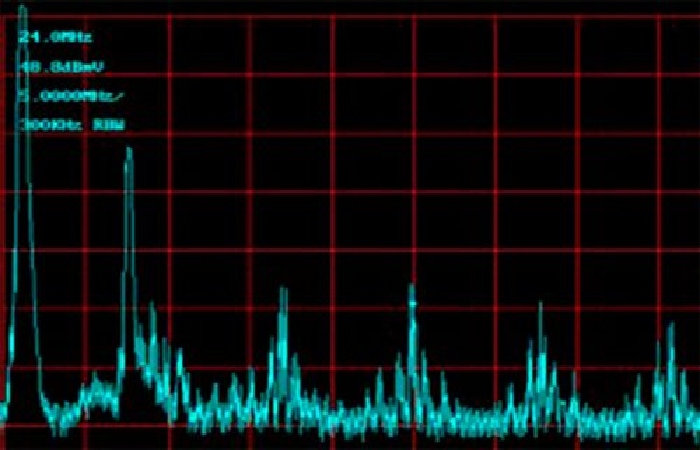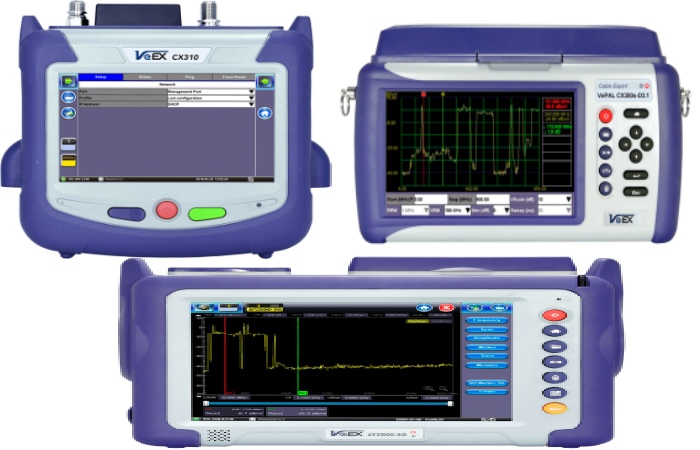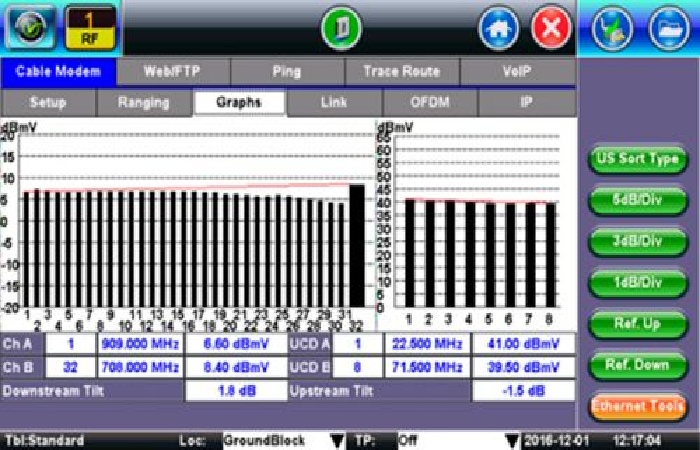Information is transmitted in many ways either with the use of one device or another. The difference between an analog and digital signal is one of the first questions we ask ourselves when we learn more about this matter.
We must bear in mind that both methods ensure that we can transmit information efficiently, but in each case in a specific way.
The system that is used so that the information can be transmitted is the use of electrical signals that activate the data exchange processes.
Both digital and analog signals have differentiations that should be known if we are specializing in mobile technology and other similar systems.
You Can Read This Article Too: How to connect your PS5 controller to the PC – Step-by-step instruction
Table of Contents
What is a Digital Signal?
The digital signal is a quantized discrete signal that is expressed in Bits (finite number of amplitudes).
The binary logic use is (0,1) is determined in conjunction with the amplitude which changes every second. “T = Time”.
It contains electrical variables with two well-differentiated levels that alternate in time, transmitting information according to a previously agreed code. Each electrical level represents one of two symbols: 0 or 1.
What is an Analog Signal?
It is the signal that is transmitted with information represented in a continuous mathematical function.
Analog signals are usually suitable for transmitting video and audio.
Ans also, expanding through sine waves, being able to be read-only by devices that are designed for this specific purpose.
You Can Read This Article Too: Some Tech Gadgets to Help You During the Pandemic
Common Problems Affecting Our Analog and Digital Carriers
Noise is an unwanted signal that is mixed with the useful signal (video or audio signal) that you want to transmit.
The result of various types of disturbances or external signals not typical of the original signal tends to mask and affect the information.
when it is presented in the frequency band of the spectrum, that is to say, that within its transmitted bandwidth an unrecognized signal generates problems and interference directly on the channels or frequencies.
You Can Read This Article Too: Mobile Gadgets That Make Your Life Easier
Common Noise Types in Analog Signals
What is it?
It is the intermodulation between carriers direct in the band

Airborne ingress or noise on a digital carrier
This type of noise is a frequency that fluctuates within the range of the frequency that transmits on our channel train.
Noise in the FM band
This type of noise is generated by having radio bases or frequencies that are located within analog.
It carriers and enter into our network by poor shielding in subscriber cables.
Noise in the LTE band
This type of income generates by signals from telephone networks,.
It is very common to keep it in mind when you have relay antennas near the facilities or cables connected with damage or poorly shielded.
You Can Read This Article Too: How to Block a Website in Chrome (Computer and Android) the easy way
Extreme Solutions for Extreme Problems

Frequency measurement and validation equipment
Currently, there are several solutions with a high percentage of accuracy and veracity of results.
The teams that help and guide the technician to detect the problem are so easy and simple.
the task of searching for income became intuitive and dynamic.
The solution to knowing if our train of channels that is transmitting is correct is possible to provide a team.
It has the capacity to see the types of carriers (analog, digital, DOCSIS 3.0 and 3.1, OFDM, PLC).
A basic requirement is to have a team with which it is possible to see a complete frequency spectrum and there to visualize our channels or carriers.
where we are transmitting the complete blocks VeEx’s CX310, CX350s, CX380s, and AT2500 platforms help to know values such as levels, frequency range, powers, MER, and if there are packet losses in digital signals during transmission.
This equipment allows having a complete visualization of the type of carriers that we have in the network. Since you can see frequency widths from 5 Mhz to 1.2 GHz.
In advanced versions like the CX380s DOCSIS 3.0 – 3.1 you can see spectra from 5 Mhz to 1.8 Mhz, and in the AT2500 we can have from 5Mhz to 3Ghz
The carriers that it can detect automatically are:
- Digital
- Analogous
- DOCSIS 3.0
- DOCSIS 3.1
- PLC
- OFDM
Spectrum in Action
In order to visualize the fluctuation of the analog and digital signals of our network.
It is necessary to have a spectrum analyzer, there are emulate analyzers that work through the interpretation of the signal
It codes with an algorithm to show a result on the screen.
There are real spectrum analyzers that show real-time fluctuations in frequencies, with the spectrum analyzer we can capture the interferences.
It causes problems in our channel train, problems that cause loss of level, loss of packets in digital signals, harmonic effects, or repetitions of unwanted income.
In the case of data transmission ( internet), it occurs with interruptions or excessive slowness.
In the case of digital telephony, there is robotic voice, interruptions in calls, or signal cuts since all these services currently transmit through a cable modem or EMTA.

Advantages of Digital Systems
- Noise immunity
- Design ease -> (0,1)
- Flexibility -> easy modification
- Functionality -> Operations not available in analog signals: delays, ordering of signals
- Programming possibility: HDL (Hardware Description Language)
- Higher speed
- Price
- Constant technological advance
However, despite all these advantages, we will never be able to distinguish from analog electronics.
The real world is analog all the signals that we capture with physical processes with sensors, are continuous in time.
we have to amplify these signals, maybe filter them with an analog filter, and if the analog process becomes complicated.
what is done is to convert them with an analog-digital converter to a digital signal and then process it in the digital domain.
Then to view it, we must convert it from digital to analog and we can view it with an oscilloscope or some tool of this type.
“Even so it will be complicated because we will not be able to do without the analog design because it is the interface of the real world”
Conclusion
In a digital signal, if a sound, video, or data transmission, at every certain distance there will be a loss.
This problem solves with an amplifier and the problem solve so that the quality correctly obtain.
The important difference in amplifying is that signals that you do not want to transmit repair or remove.
In an analog signal, when transmitting a sound and amplifying them, the analog signal captures interferences.
It filters with the desires signal, and at the moment of amplifying a number of signals will not desire to the final receiver
Clone analog signals, little by little they degrade.
digital signals can clone as many times as the user wishes.
In the case of digital video signals, common problems are pixelation, signal lag, or complete interruptions without video.
Related Searches to Digital and Analog Signals
[digital signal example]
[digital signals are mcq]
[digital signal and analog signal]
[application of digital signal]
[digital signal processing]
[advantages of digital signal]
[types of digital signals]
[advantages of digital signal over analog signal]
[what is digital signal]
[examples of digital signals in everyday life]
[application of digital signal]
[types of digital signals]
[what is analog signal]
[advantages of digital signal]
[analog signal and digital signal]
[difference between analog and digital signal ppt]
[advantages of digital signal processing]
[advantages of digital signal over analog signal]
[advantages of analog signal]
[disadvantages of digital signal processing]
[explain the advantages of digital signals over analog signals]
[application of digital signal]
[what is digital signal]
[digital signal example]








